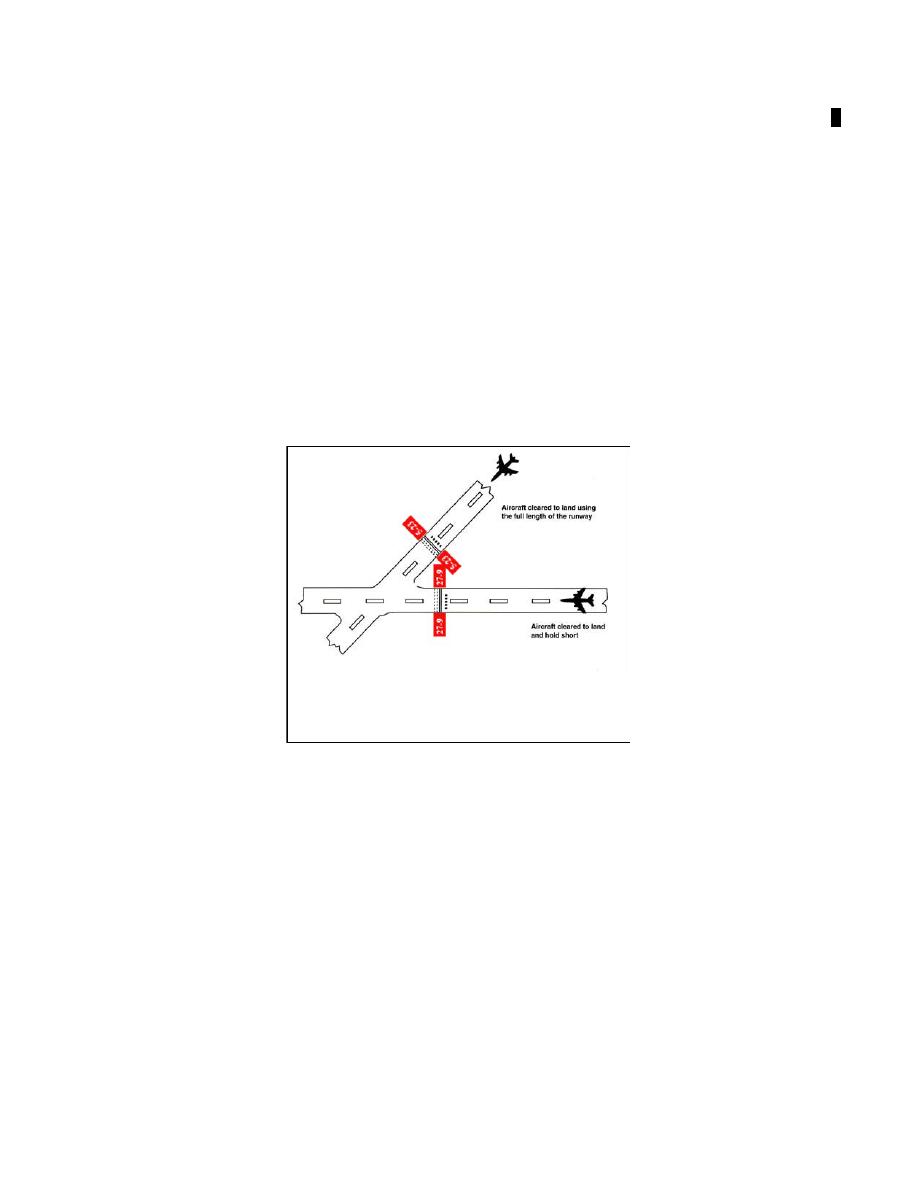
3/21/24
AIM
Available Landing Distance (ALD). ALD data are published in the Chart Supplement and in the U.S. Terminal
Procedures Publications. Controllers will also provide ALD data upon request. Student pilots or pilots not
familiar with LAHSO should not participate in the program.
3.
The pilot
−
in
−
command has the final authority to accept or decline any land and hold short clearance. The
safety and operation of the aircraft remain the responsibility of the pilot. Pilots are expected to decline a LAHSO
clearance if they determine it will compromise safety.
4.
To conduct LAHSO, pilots should become familiar with all available information concerning LAHSO
at their destination airport. Pilots should have,
readily available,
the published ALD and runway slope
information for all LAHSO runway combinations at each airport of intended landing. Additionally, knowledge
about landing performance data permits the pilot to
readily
determine that the ALD for the assigned runway is
sufficient for safe LAHSO. As part of a pilot’s preflight planning process, pilots should determine if their
destination airport has LAHSO. If so, their preflight planning process should include an assessment of which
LAHSO combinations would work for them given their aircraft’s required landing distance. Good pilot decision
making is knowing in advance whether one can accept a LAHSO clearance if offered.
FIG 4
−
3
−
8
Land and Hold Short of an Intersecting Runway
EXAMPLE
−
−
holding short at a designated point may be required to avoid conflicts with the runway safety area/flight path
of a nearby runway.
NOTE
−
Each figure shows the approximate location of LAHSO markings, signage, and in
−
pavement lighting when installed.
REFERENCE
−
AIM, Chapter 2, Aeronautical Lighting and Other Airport Visual Aids.
Airport Operations
4
−
3
−
17